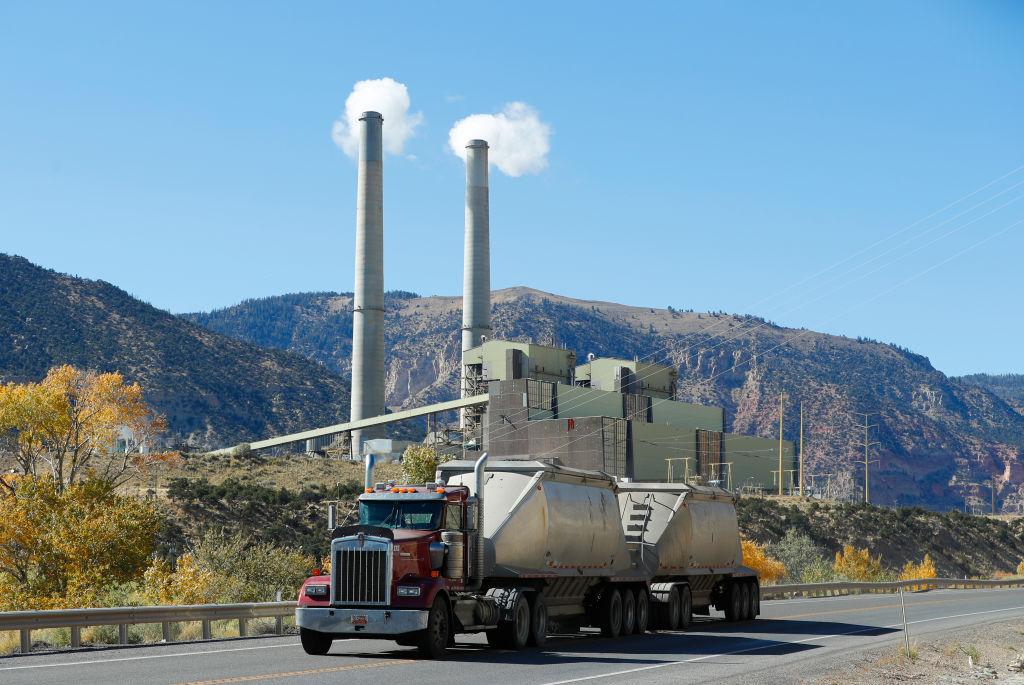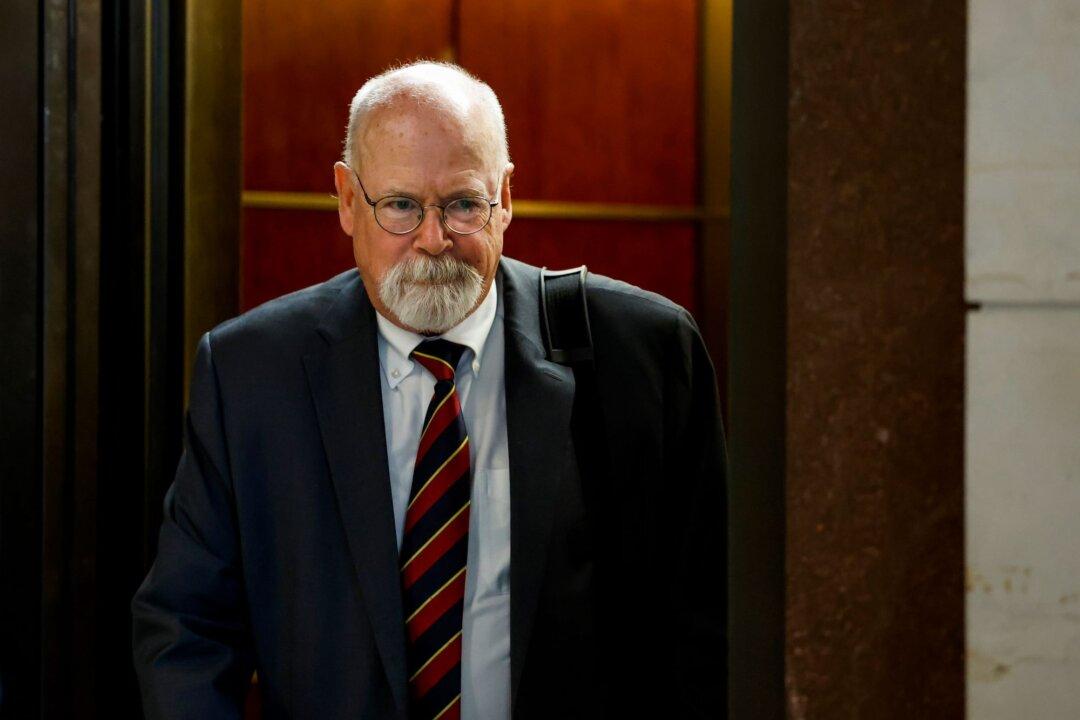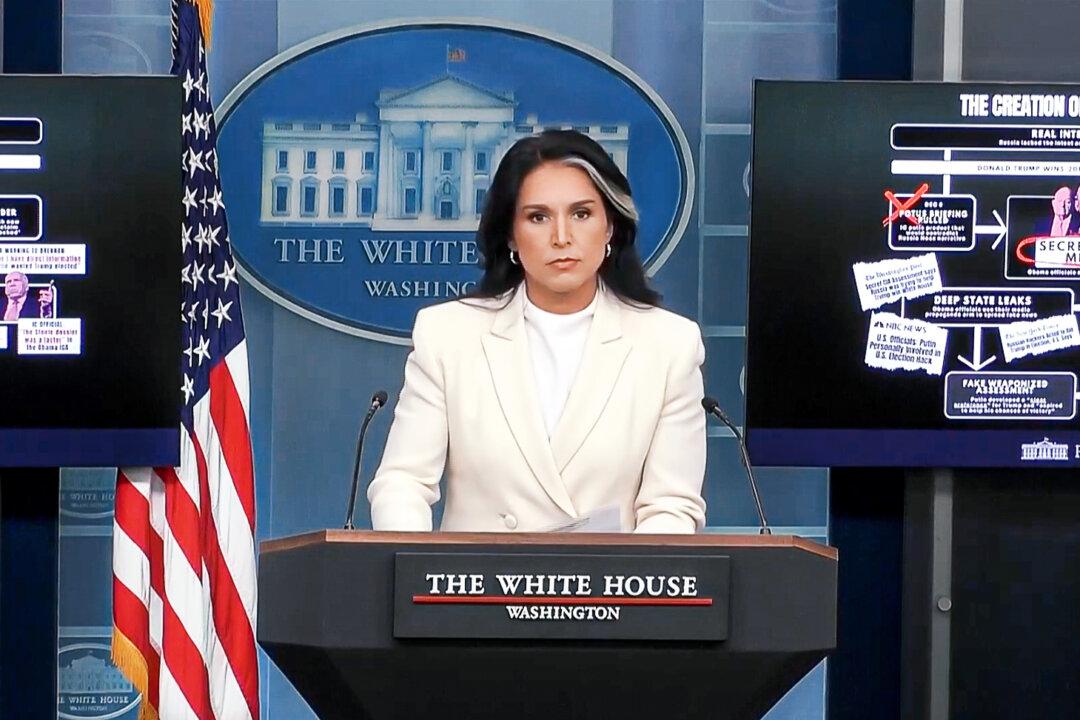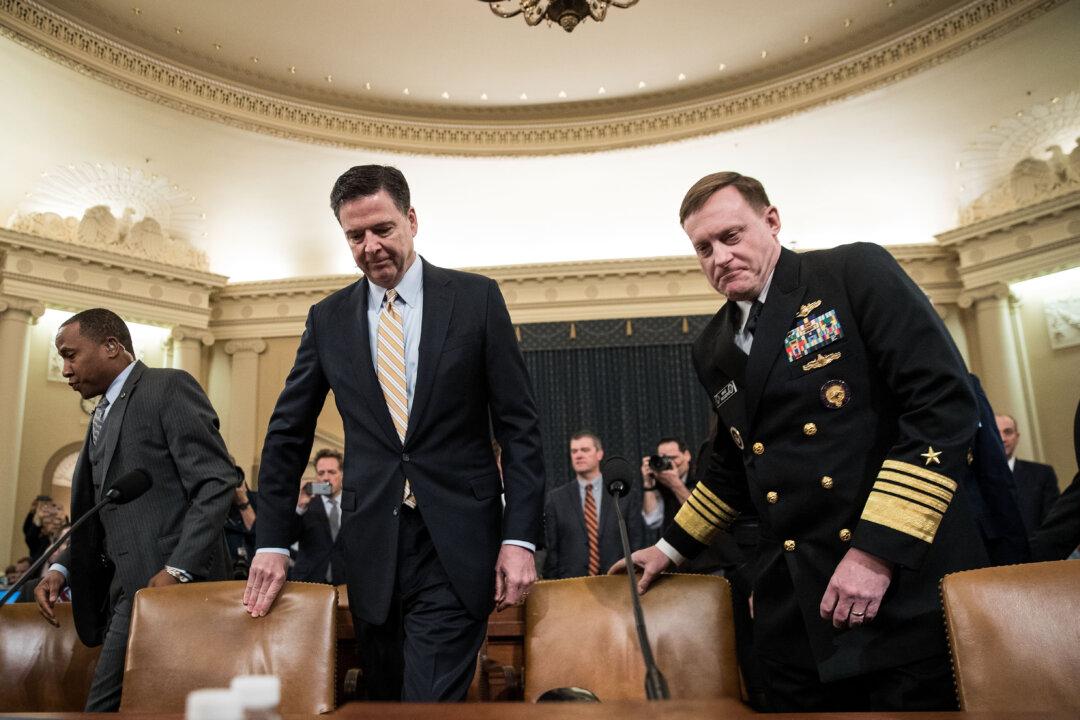The Trump administration is replacing Obama-era regulations on power-plant emissions with a new rule that hands power to the states and scraps restrictions aimed at eliminating coal as an energy source.
The acting head of the Environmental Protection Agency, Andrew Wheeler, signed a proposal on Aug. 21 that would replace the Obama-era Clean Power Plan, which was blocked from taking effect by the Supreme Court for being overly broad.





